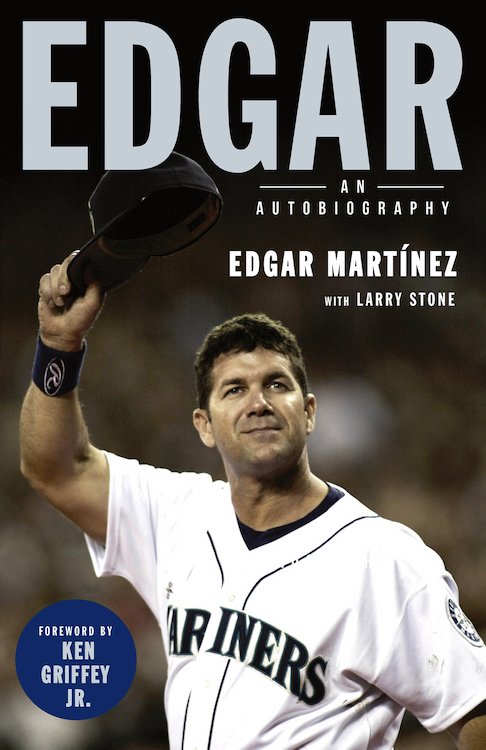D-Backs Land Mike Leake from Seattle
Just moments before trading away Zack Greinke in the blockbuster move of deadline day, the Arizona Diamondbacks made an addition to their rotation, acquiring Mike Leake from the Seattle Mariners. It is the second time Leake has been traded since he signed a five-year, $80-million contract with the St. Louis Cardinals before the 2016 season, and the third time overall that he has been traded in-season. According to arizonasports.com’s John Gambadoro, the D-Backs will be responsible for just $6 million of the roughly $20 million still owed to Leake on his contract. The Mariners received 22-year-old infielder Jose Caballero in the deal.
Leake, 31, has been good for about league-average production and a lot of innings eaten throughout his career, and the same remains true for his 2019 season. With a 4.40 ERA in 22 starts, his ERA- sits at 101, which just so happens to line up perfectly with his career mark. His FIP, however, has jumped to 4.74, thanks to a career-worst HR/9 mark of 1.71.
The Leake deal was one of several the Diamondbacks made on Wednesday, though it was the only one that involved the organization actually taking on an established big leaguer. Greinke — along with $24 million of the $77 million owed to him on his contract — was sent to Houston in exchange for a mighty haul of prospects just before 4 p.m. On a much smaller scale, Arizona also traded backup catcher John Ryan Murphy to the Atlanta Braves, and in a rare flip of notable prospects, sent shortstop Jazz Chisholm — ranked the D-backs’ No. 1 prospect by Eric Longenhagen and Kiley McDaniel — to the Miami Marlins for right-handed pitching prospect Zac Gallen. Arizona was heavily rumored to be shopping left-handed starter Robbie Ray throughout the week, but no deal ever came to fruition. Read the rest of this entry »

